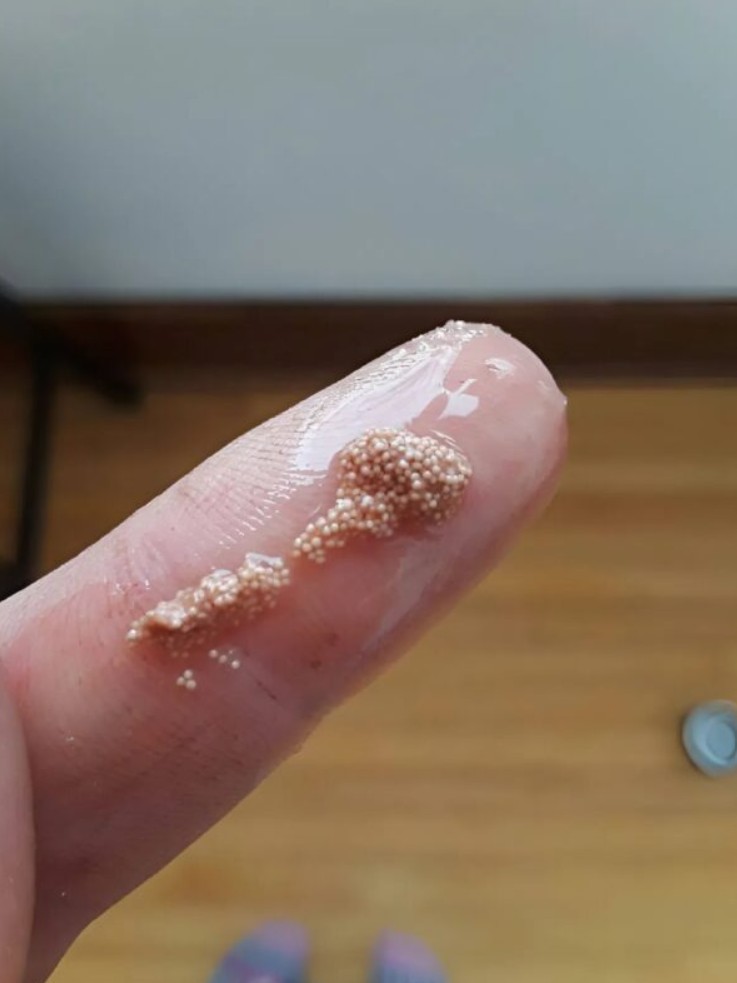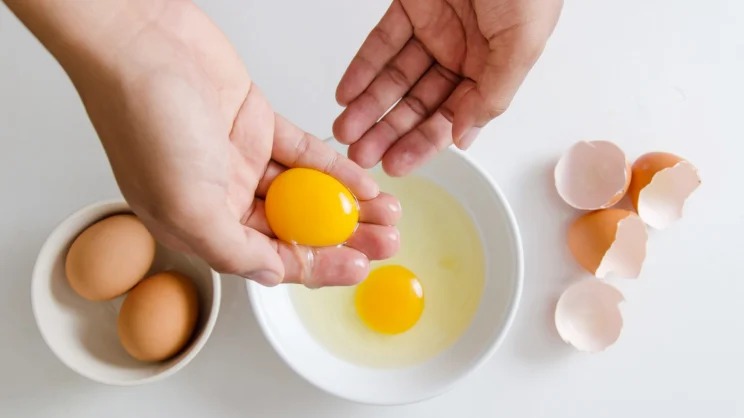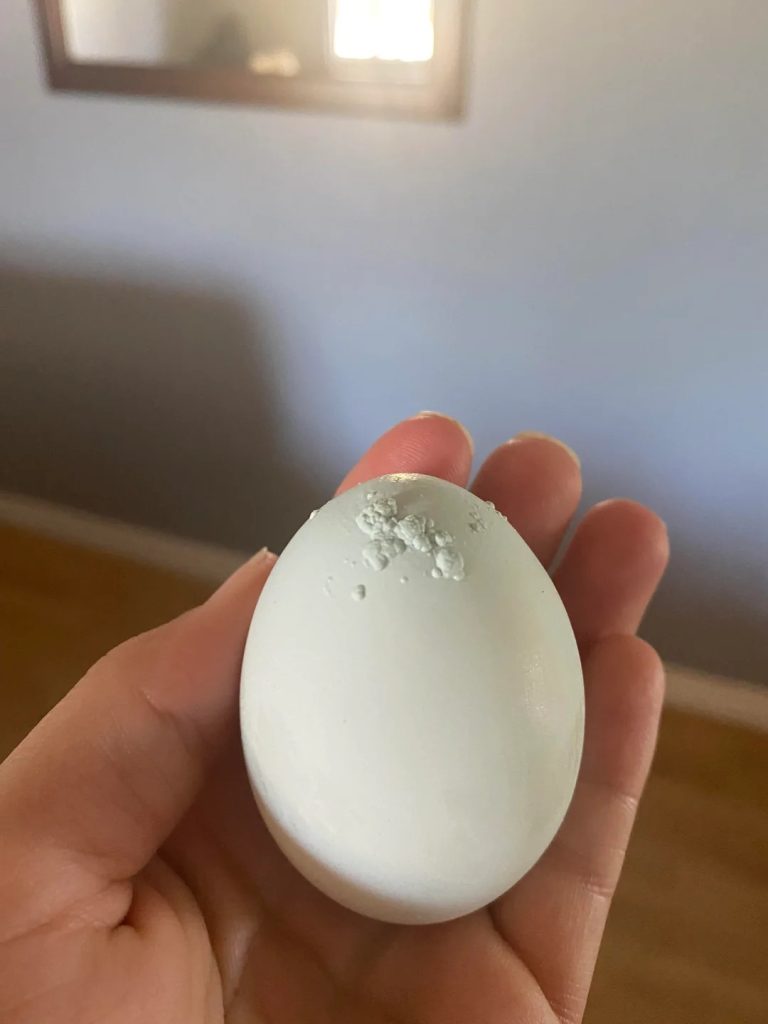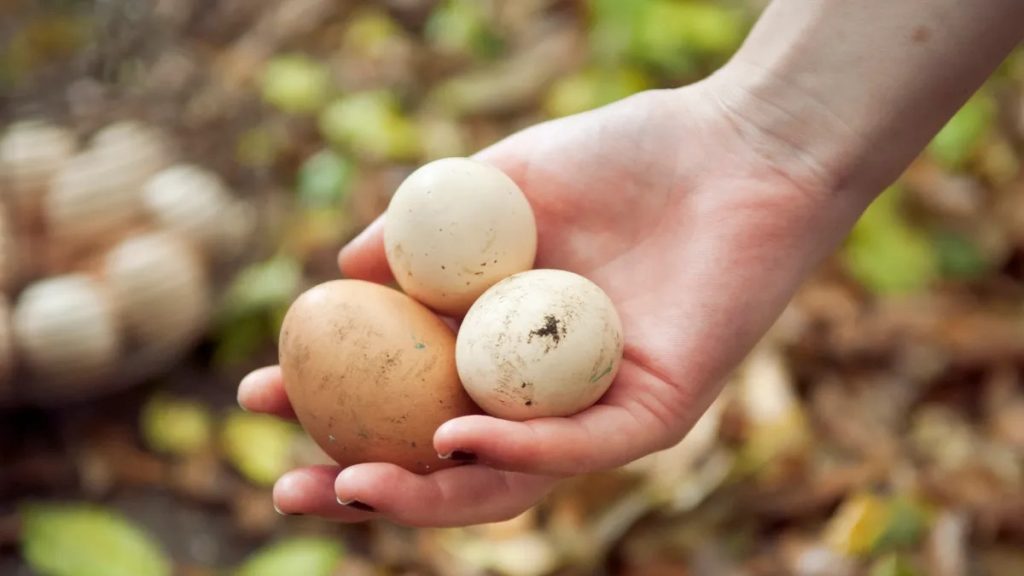
I was just about to toss my breakfast when I saw something unusual in the pan—but what I learned afterward changed my mind entirely.
It all started after a regular grocery trip to our local supermarket. It’s a store we trust: everything’s fresh, the prices are fair, and we’ve never had any real complaints. We grabbed a dozen eggs, as we do every week, and thought nothing of it.
But the next morning, while making breakfast, I cracked open an egg and noticed something odd. Inside were small white lumps—slightly translucent, jelly-like, and definitely not what I expected to see first thing in the morning. Honestly, it didn’t look very appetizing.

Naturally, I hesitated. I didn’t want to take any risks with spoiled food, especially eggs. So my husband and I did a little research before deciding what to do next.
What we found was surprising—and oddly reassuring.
It turns out these small white clumps aren’t uncommon at all. According to food experts, they’re typically deposits of either calcium or protein that form during the egg’s natural development. They can appear when hens are under stress or consuming nutrient-enriched feed, especially high in calcium.

The good news? These deposits are completely harmless. As long as the egg smells fresh, looks normal otherwise, and has been stored properly, these inclusions don’t mean the egg is bad or unsafe to eat.
Still, we weren’t thrilled.
Nobody wants a surprise in their breakfast—especially one that looks like it doesn’t belong there. But once we understood what we were looking at, we felt better about the situation. In the end, we chose to finish the meal, but agreed we might try a different egg brand next time, just for peace of mind.

This little incident reminded us of something important: even with everyday foods, unexpected things can pop up. The key is not to panic, but to pause, get informed, and make a decision based on facts—not fear.
We hope our experience helps you the next time you crack open an egg and wonder, “What on earth is that?”